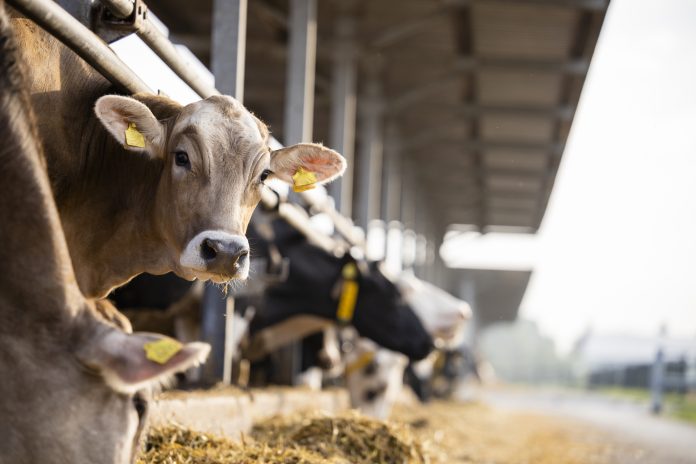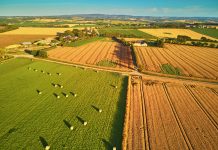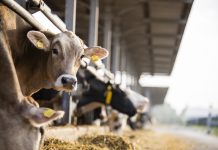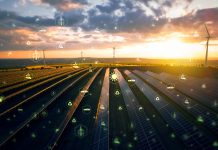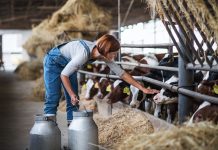Researchers apply AI and machine learning to livestock waste recycling, improving phosphorus recovery, reducing pollution, and advancing sustainable farming practices
AI and machine learning are revolutionising sustainable agriculture by redefining the management of livestock waste. Researchers have pioneered novel methods to recycle manure using advanced data-driven models, thereby enhancing phosphorus recovery and mitigating harmful pollution. This groundbreaking approach not only promotes cleaner farming practices but also underscores the burgeoning role of artificial intelligence in addressing global environmental challenges.
The study is published in Biochar.
Unlocking phosphorus for efficient nutrient recovery
The researchers focused on hydrothermal treatment, a technology that converts biowaste into a solid material called hydrochar and a nutrient-rich liquid. It does not require any drying, works efficiently at various temperatures, and can recycle essential nutrients like phosphorus.
Phosphorus is crucial for crop growth but is a limited global resource, and its mismanagement often leads to water pollution and damage to ecosystems.
“Livestock manure contains large amounts of phosphorus that are both an opportunity and a challenge,” said lead author Xiaofei Ge from China Agricultural University. “If released into the environment, it can contaminate water and soil. But if properly recovered, it can be reused as fertiliser to support sustainable agriculture.”
Machine learning and AI for livestock waste management
The researchers addressed this challenge using machine learning, including XGBoost, Decision Tree, and Random Forest, to predict phosphorus behaviour in both hydrochar and the liquid phase. They specifically analysed how calcium and iron ions influence phosphorus distribution. XGBoost provided the most accurate predictions, with excellent agreement between computer forecasts and experimental data, offering a promising tool for sustainable farming.
The study found that reaction time and pH had a strong influence on phosphorus recovery, while the addition of calcium and iron promoted phosphorus retention in hydrochar. This process makes phosphorus less likely to leach into water and more suitable for agricultural reuse. Advanced analyses confirmed that as treatment severity increased, the forms of phosphorus in hydrochar became more stable and uniform.
The team successfully integrated artificial intelligence with traditional environmental engineering, providing a practical tool to guide waste treatment decisions. This application-oriented approach ensures that the research findings can be readily implemented in real-world scenarios, bolstering the prospects of sustainable farming and environmental protection.
“Our findings demonstrate that machine learning can help design smarter waste treatment strategies,” said co-corresponding author Sabry M. Shaheen from the University of Wuppertal. “This has major implications for sustainable farming, environmental protection, and resource recovery.”
While hydrochar offers slow-release nutrients and improved soil fertility, its widespread use could have ecological implications. Applying hydrochar to soil may impact microbial communities and alter nutrient cycling, potentially affecting nitrogen dynamics and influencing greenhouse gas emissions. Ongoing research is needed to fully understand these long-term effects and ensure that large-scale adoption remains environmentally safe.

